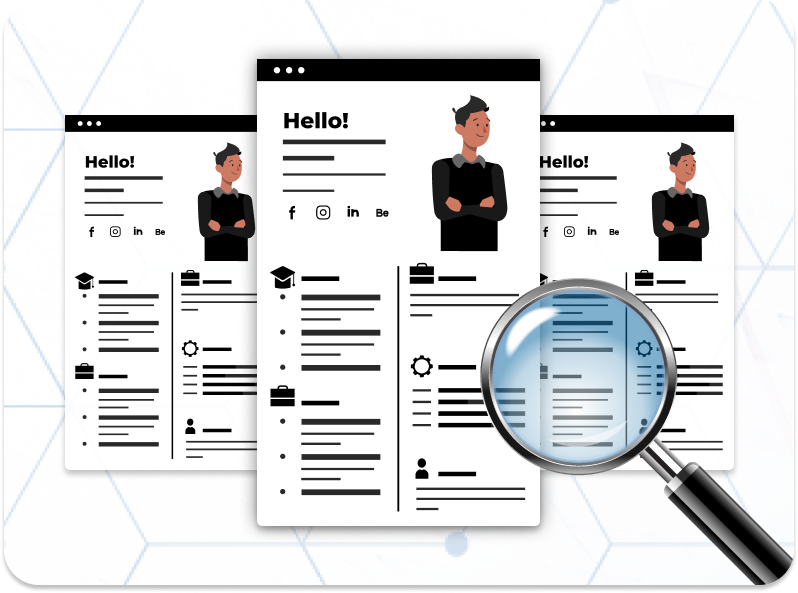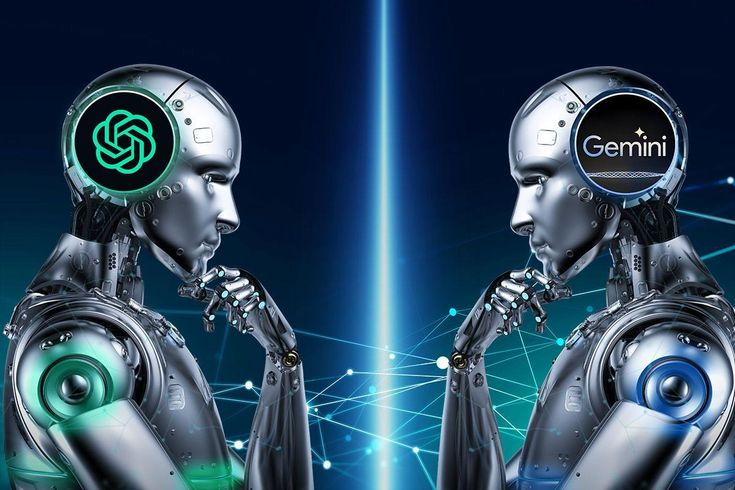In this post, I will show you how to write a script using selenium that can perform desired actions on any webpage.
We will need the URL of the target page and a stable internet connection.
Procedure
Install and import the required dependencies:
from selenium import webdriver
from selenium.webdriver.common.by import By
import time
Define the URL of the target website
url = "https://remarketing.jyskefinans.dk/cars/?maerke=Citro%C3%ABn&model=C3"
Initialize the URL, load the URL and set a timer of a few seconds to wait for the site to load completely.
driver = webdriver.Chrome()
driver.get(url)
time.sleep(2)
Define a try/catch block to accept the cookies of the webpage before proceeding to ensure a smooth operation.
try:
# Find the accept all button and click it
accept_button = driver.find_element(By.CLASS_NAME, "coi-banner__accept")
accept_button.click()
except:
pass
Inspect the webpage while coding and search the container/div/button that is to be targeted.
try:
while True:
# Find the div element by its class name
div_element = driver.find_element(By.CLASS_NAME, "vehicles-export-container")
# Click the div element
div_element.click()
# Wait for 5 seconds
time.sleep(5)
The above section is the crux of the whole script. Basic actions like click, drag etc can be achieved by making a few modifications in this block of code.
Refer to this documentation of selenium to find more attributes of the driver() method and how it can interact with webpages:
https://www.selenium.dev/documentation/webdriver/elements/finders/
The final script file would look something like this:
from selenium import webdriver
from selenium.webdriver.common.by import By
import time
url = "https://remarketing.jyskefinans.dk/cars/?maerke=Citro%C3%ABn&model=C3"
# Initialize WebDriver
driver = webdriver.Chrome()
# Open the URL
driver.get(url)
# Wait for the cookie popup to appear (assuming it's an overlay)
time.sleep(2) # Adjust this delay as needed to ensure the popup is fully loaded
try:
# Find the accept all button and click it
accept_button = driver.find_element(By.CLASS_NAME, "coi-banner__accept")
accept_button.click()
except:
# If the accept button is not found or if there's any error, continue without accepting cookies
pass
try:
while True:
# Find the div element by its class name
div_element = driver.find_element(By.CLASS_NAME, "vehicles-export-container")
# Click the div element
div_element.click()
# Wait for 5 seconds
time.sleep(5)
except KeyboardInterrupt:
# Quit the WebDriver if a keyboard interrupt (Ctrl+C) is received
driver.quit()




